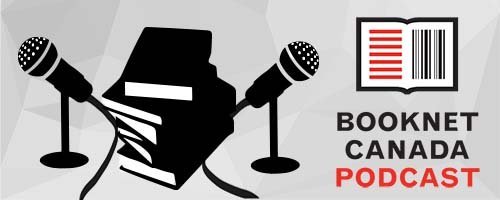The eleventh edition of our Canadian Leisure & Reading Study is now available! Learn about the reading behaviours of Canadians and find out what’s changed compared to previous years. What formats are getting more traction among readers? How much time are Canadians dedicating to reading? How many books do they read per year? We tell you all about it in this free study. To jump right in, find the full report here. You can also find some of the top-level highlights below.
About the data
This survey was fielded in January 2024 to 1,247 Canadians over the age of 18 until we had responses from 1,000 respondents who had read or listened to a book or part of a book at least a few times a year in the past year.
When we mention “buying”, we're referring to buying books from an online retailer (or retailing app for ebooks and audiobooks), a physical bookstore that primarily sells new books, a used bookstore or thrift store, a general retailer, or a subscription service. Borrowing refers to getting books for free from a public library, another person (gifting or lending), a free internet site, or an illegal file-sharing site.
Leisure time
In 2023, 50% of Canadians reported having enough leisure time, 29% had more than enough, and 21% had less than enough.
Readers reported similar perceptions, 50% said they had enough leisure time, 29% said they had more than enough, and 20% said less than enough.
How did Canadians use their leisure time? The most popular weekly activities were watching videos/tv/movies (89%), cooking (88%), browsing social media/web (86%), listening to music (84%), and spending time with family (69%).
Reading as a leisure activity
Overall, 49% of Canadians said they read or listen to books weekly and 31% said daily — the same breakdown as for last year. For readers, reading and listening to books came in eighth place on a list of activities they do weekly (61%), and seventh place on a list of activities they do daily (38%).
In 2023, just over half (52%) of readers read or listened to 1-5 books, 25% read or listened to 6-11 books, 16% read or listened to 12-49 books, and 7% were heavy readers and read or listened to 50 or more books.
For the first time in our survey, readers across all formats were acquiring books from free sources more than from paid sources. In 2023, 47% of print readers bought their books and 51% found a free source for their reading material. Just over half of audiobook listeners acquired their books for free in 2023 (58%) and ebook readers were the group most likely to get their books from a free source (62%).
The amount spent on books in 2023 is similar to 2022, however more Canadian readers in 2023 had limitations on the number of books they could buy (23%) and more bought books within their budget (44%).
How did Canadians discover the books they read? The most popular method was word of mouth (28%), however, this has been dropping over the past few years. Other popular methods of discovery were at bookstores (27%), public libraries (25%), and online book retailers and social media at 22% each.
Other things we learned
Canadian readers attended more book clubs and book-related events in 2023, both online and in-person.
Older demographic groups are more likely to acquire free books of all formats than younger demographics.
Canadian readers in 2023 continued to prefer print books the most (59%).
Canadian readers’ interest in abridged audiobooks, audiobooks with sound effects and/or music, and environmentally friendly print books is on the rise.
Adult Fiction books remain the most popular book subject for Canadian readers across all formats, but Children’s books and Young Adult books are continuing to see increases in readership across all formats in 2023.
Diversity and representation in books continues to be a priority for Canadian readers in 2023.
As mentioned earlier, this is just a sample of the insights included in the study. Find the full report here and feel free to share widely!

















Featuring River in an Ocean: Essays on Translation edited by Nuzhat Abbas.